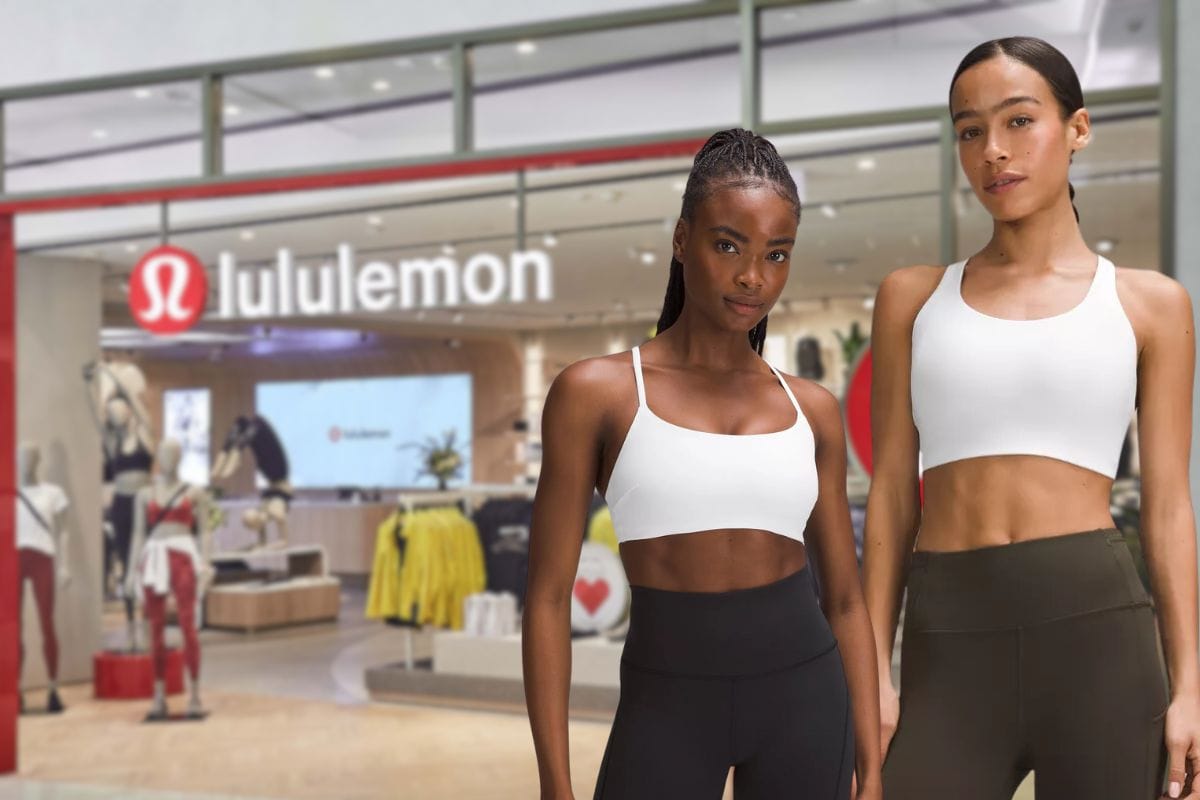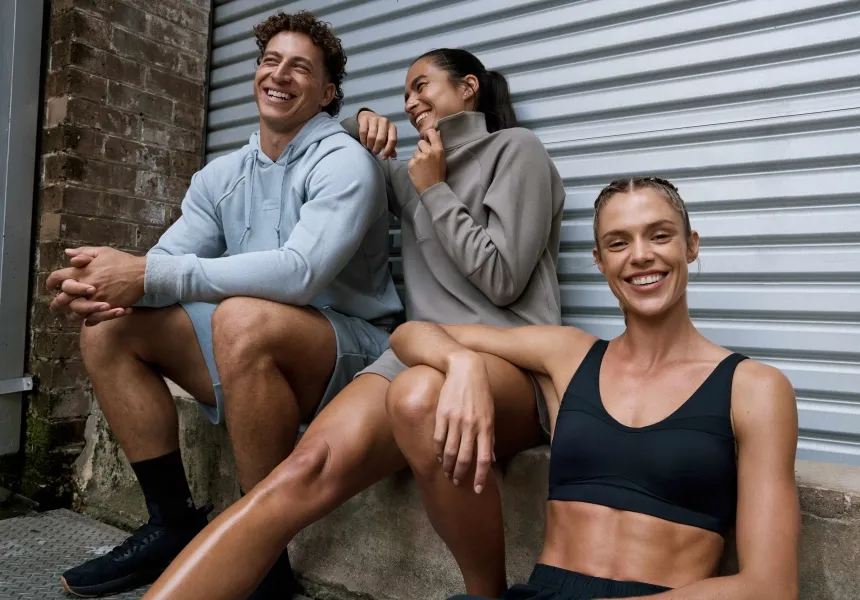A Glimpse Of The ActiveWear Industry

The global activewear market has witnessed a steady rise, driven by changing consumer lifestyles and an increased focus on health, wellness, and fitness. As of 2022, the activewear industry was valued at approximately $319 billion and forecast to rise to over 450 billion dollars by 2028.
This growth is fueled by a combination of technological advancements, demographic shifts, and the rising popularity of Athleisure - a category that combines athletic and casual wear, allowing for versatile, all-day use.

Activewear is clothing designed for physical activities like exercising, sports, or outdoor activities. Made from fabrics that often incorporate performance-enhancing features (such as moisture-wicking, stretch, and breathability), activewear supports comfort, flexibility, and durability during movement.

Brands like Nike, Under Armour, Adidas, and Lululemon dominate this segment, leveraging innovative fabrics and sustainable materials to enhance performance and attract eco-conscious consumers. These garments are distinct for blending function with style, allowing them to be worn not just for workouts but also in casual, everyday settings.
Key Growth Drivers in the Activewear Market
- Health and Wellness Trends:
Health awareness is a major catalyst in activewear demand, with more people worldwide engaging in fitness activities, especially since the pandemic. In the US, nearly 80% of Americans aged six and older participated in sports or physical activities in 2023. - Technological and Sustainable Innovations:
Sustainability has become a priority for many activewear brands as consumers increasingly prefer eco-friendly products. Companies are responding with innovations like recycled polyester, organic cotton, and biodegradable fabrics. Moreover, brands are integrating advanced technologies, such as Nike's Dri-FIT and Adidas’s Climalite, to regulate body temperature and enhance comfort during workouts. These sustainable and functional advances are key in appealing to consumers who prioritize both performance and environmental impact. - Rise of Athleisure
Athleisure continues to be a dominant trend, merging comfort and style for consumers who wear activewear beyond the gym. In markets like Europe, consumers appreciate the convenience of athletic clothing for everyday wear, whether at home, at work, or during casual outings. The demand for multipurpose clothing that can transition seamlessly across different settings has prompted brands to expand their product offerings, often focusing on stylish designs that offer both functionality and aesthetic appeal.
Regional and Demographic Insights
- North America remains the largest activewear market, accounting for over 38% of global revenue, followed by Europe. Factors such as a culture of fitness and a growing interest in outdoor activities have fuelled this region's dominance.

- Asia-Pacific, led by countries like China and India, is expected to be the fastest-growing region, with a projected CAGR of 8.1% (2022 to 2028). The urbanization in Asia, combined with an increasing fitness focus among young consumers, has opened significant opportunities for activewear brands to expand their footprint.
- The women’s segment remains the largest consumer base for activewear, valued at $24.7 billion in 2023. It is expected to reach $159.7 billion by 2033, with a CAGR of 21.1% (2024 to 2033).
Conclusion
In summary, the activewear industry is positioned for robust growth, with innovations in sustainability, technology, and lifestyle integration paving the way for new opportunities. As brands continue to adapt to changing consumer preferences and leverage diverse distribution channels, the sector’s expansion is set to continue across different regions and demographics.
About Woven Insights
Imagine if you had access to real-time in-depth fashion retail market and consumer insights, from more than 70 million real shoppers and 20+ million analyzed fashion items from global fashion brands.
That's basically what Woven Insights offers fashion brands, manufacturers and research teams of all sizes - with the best pricing in the industry.
Introducing Woven Insights
Woven Insights provides you with all the actionable data you need to create fashion products that are truly market-ready and consumer-aligned.
Click on the Book a demo button below to get started today.

